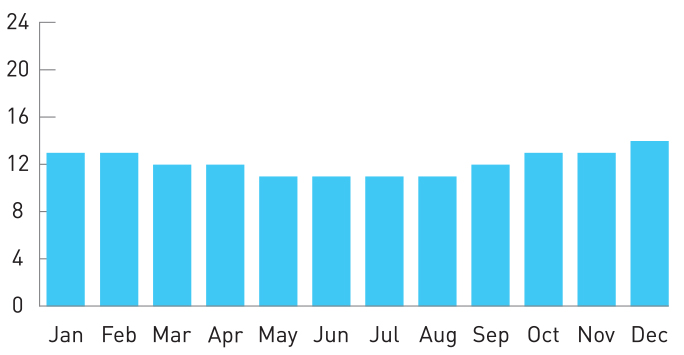We needed to find a shooting location where it never rains, and that’s Namibia. There’s nothing. It’s just one big, wonderful landscape, which was perfect for the world we were trying to create.
George Miller, Director of Mad Max: Fury Road
Namibia's profile has raised significantly with the success of the long-awaited action movie Mad Max: Fury Road.
Critically acclaimed and an international box-office success, the film spent 100 days shooting in the southern African country with a production base at Swakopmund on the Skeleton Coast.
Mad Max director George Miller was drawn to Namibia’s vast desert landscapes as he sought the most dramatic vistas for his post-apocalyptic story.
Likely inspired by the visual landscape of Mad Max, the upcoming reboot of The Mummy also decided to shoot in the Namib Desert.
Namibia is a politically stable corner of southern Africa and offers dense bush and rugged mountains alongside the desert terrain. There’s also easy access to South Africa, which is one of the continent’s most established production hubs.
The Namibia Film Commission helps with local permits, national park logistics and making contact with production service companies.
We needed to find a shooting location where it never rains, and that’s Namibia. There’s nothing. It’s just one big, wonderful landscape, which was perfect for the world we were trying to create.
George Miller, Director of Mad Max: Fury Road
Namibia’s Namib Desert is one of the driest areas in the world. The annual rainfall here, especially in the Swakopmund region, is virtually zero. Daytime desert temperatures in summer months go up to 40C.
The summer lasts from November until February with a more typical average of 36C in January. The coast is cooler and often foggy. Rain falls exclusively in the summer with an average of up to 78mm.
Winter months, from March to October, are drier and cooler with average temperatures ranging from 18C to 25C in July.

